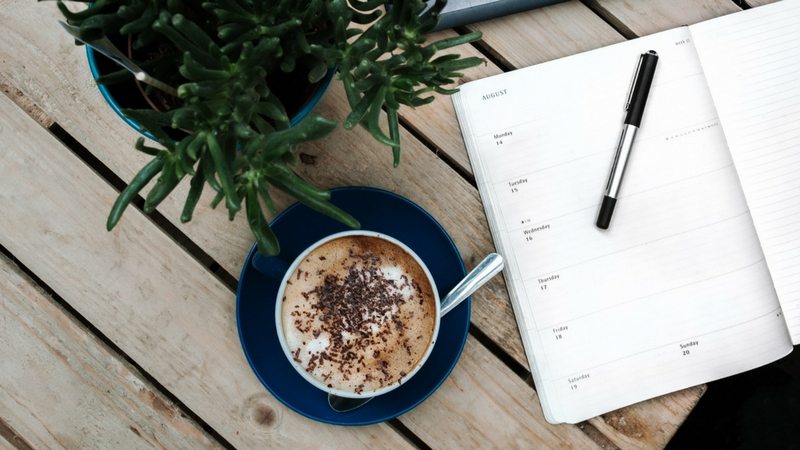Know Yourself—Lifestyle and Environment
Episode #3 of the course Lazy person’s guide to a perfect wardrobe by Andrea Pflaumer
Hello again, lazy fashionistas. Today, we’re going to talk about fashion reality: who you are and how you live. High-end fashion is often about creating a fantasy. But we’re all about reality here. Reality means seeing yourself and your life honestly. Reality means never having to say you’re sorry…about something you bought. Reality is about being absolutely practical when you shop, so you don’t end up with a closet full of things that don’t serve you most of the time. You want to wear your clothes often—not stare at them in the closet for years on end.
Burberry designer Christopher Bailey says, “70% of your clothing should be for practicality, 30% for fun.” This means that unless most of your life is spent socializing or traveling for pleasure, practicality should be your first priority. So, let’s help you get practical. You do this by distinguishing between your needs vs. your wants and by having clarity about your absolutes: things required for where you live and what you do.
How to Determine Your Needs
This takes discipline and a little work, but it’s possibly the most crucial part of shopping because it helps simplify the whole process of getting dressed.
Write out a one-month calendar. (That is typically more revealing than a day or a week.) Then, note the number of hours you spend at specific activities each day: work, exercise, errands, house chores, volunteering, chauffeuring kids or parents, gardening, socializing, date night, etc. Unless your schedule is extremely erratic from one month to the next, you will start to see patterns indicating how most of your time is spent. If you want to get detailed about it, you can write down the percentage of time that each activity takes in an entire month.
These patterns and percentages will be your guide to helping you recognize the types of clothes you actually need. If you consistently buy a certain type of clothing that doesn’t match your needs, this exercise will highlight that and show you where you need to shift your purchasing patterns.
Next, take stock of your physical environment. If there is anything in your closet that serves you only rarely or when you are away from your hometown, it should be a very small part of your wardrobe (unless you travel for business).
This next one is a no-brainer, but it’s an important part of staying true to who you are. Your reaction to the climate where you live should determine the textiles that you favor, regardless of the season. The fashion industry offers textiles, colors, and styles that are commonly associated with whatever the current season is where you live. But that doesn’t mean they serve your needs for the current season. Some people wear sweaters in the summer; some wear shorts in the winter. Your comfort level is the only factor that should matter when shopping (more on that in Lesson #8). Comfort is a crucial part of being practical.
And this brings up a final point: If you purchase many things that don’t suit your lifestyle, your environment, or your climate, all that is trying to tell you something. You have two options:
1. Change your purchasing habits.
2. Change your life: Move. Take up an acting class. Schedule mini vacations. Find some other, healthier way to indulge your fantasies that doesn’t involve breaking your budget.
In our next lesson, we will look at best practices for honing what is currently in your closet.
Recommended book
Share with friends

